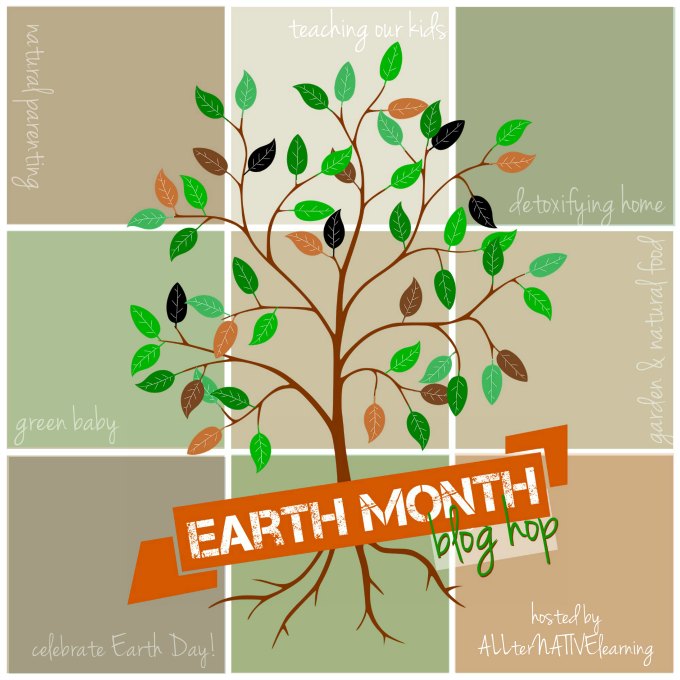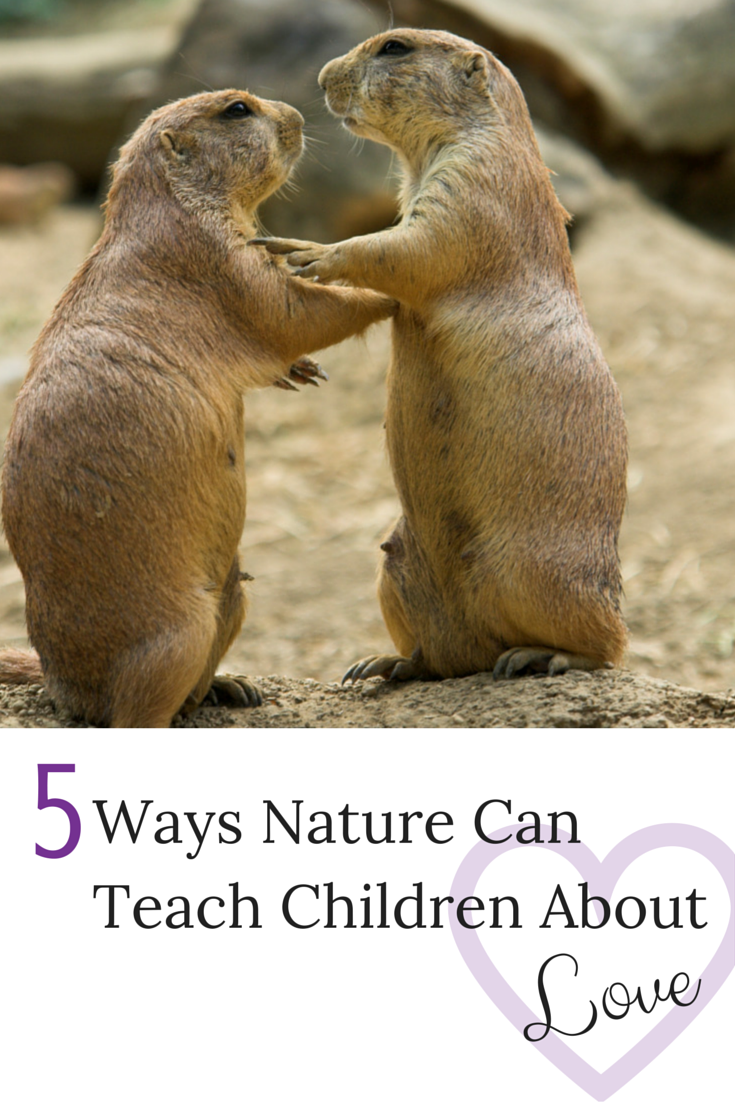5 Ways Nature Can Teach Children About Love
When I was a teacher, my favorite journal prompts for the students involved identifying metaphor in nature. As humans, we have a tendency to anthropomorphize nature. But, I think there’s a reason for that. Attributing our traits to nature helps us nurture feelings of compassion, understanding and care for our environment.
Love in particular is a wonderful idea for children to explore through nature’s lens. Here are a few of love’s attributes I’ve gathered in the wild:
1. Forgiveness
We’re pretty hard on Mother Nature, but she keeps showing up for us. Even in Chernobyl, one of the most contaminated places on Earth, nature is beginning to thrive again. You can learn more here about the bison, wolves and other creatures that were reintroduced to this region. From mowed dandelions to coppiced trees, nature generously reserves judgment and provides whenever possible.
2. Patience
Right now I’m six months pregnant and I have to say that nine months feels like an eternity. But, the gestation period for the female octopus, Graneledone boreopacifica, is 4 1/2 years! This really is just one example of millions in which nature provides that much needed space and time. Our human relationships are often under so much pressure that it’s difficult to give them the breath they need to blossom.
3. Tolerance
I realize that this might not be in line with everyone’s values, but it’s a potential lesson if you want to use it. In nature, animals enjoy a wide range of orientations and relationships. Three quarters of all bottlenose dolphins are in same-sex pair-bonds. Male cuttlefish can split themselves down the middle, appearing to be male on one side and female on the other. Wolves mate for life and live in packs akin to the “traditional” human nuclear family. Also, it’s not each species out for themselves. Here are some magical examples of inter-species friendships!
4. Growth
Anyone who has experienced Spring has witnessed growth and abundance in its highest form. And not only is she rich with life, but nature is adaptable. The ecosystem is constantly in flux, shifting and responding to stimulus. Change is the only constant, and our relationships evolve based on how we react to the forces that surround us. Nature thrives by cultivating a state of flexibility, compromise and perpetual rejuvenation. I love this documentary, The Millenium Oak, as it explores the epic journey of a 1000 year old oak tree. It reveals resilience, mutability and growth in action.
5. Self-Sacrifice
In social insect colonies, sterile workers devote their whole lives to caring for the queen and protecting the hive, reserves and larvae. Vervet monkeys give alarm calls to warn fellow monkeys, even though in doing so risk attracting predators to themselves. The cycle of life itself can be viewed as a loving act. Every death provides nutrients, potential energy and a chance at life for the next generation.
Whether it’s through stories, myth, faith or imagination, there is so much power in seeing ourselves in the natural environment. So have you seen pieces of your relationships reflected in nature? What did you see?
This post is part of the Natural Parenting guide and Earth Month blog hop. There are over 40 wonderful bloggers participating and prize giveaways worth over $300.00. Learn more and enter HERE.
Your Woman Gone Wild,
PS. If you’re not really feeling it yet, I’ll just leave you with these 40 heart melting photos of animals in love.
PIN IT FOR LATER!

GET THE WILDER CHILD NEWSLETTER
Join a community of nature loving families living on the wilder side!
Thank you for signing up! You'll hear from us soon.



